What is a load break switch? This is a question that often comes up when people are considering upgrading or expanding their electrical system. A load break switch is an important part of any electrical system, and it’s important to understand what they do and how they work. In this guide, we will answer common questions about load break switches and provide some tips on how to choose the right one for your needs.
What is a Load Break Switch
This type of switch is designed to disconnect a load from its power supply and protect the equipment with which it is connected. It can also be used as part of a larger control system, for example to activate other devices when the switch’s circuit is opened or closed.
Load break switches are typically wall-mounted units made from metal or plastic components and contain several contact points that actuate when triggered. Depending on the model, these points may include manual operating handles, motor drives, solenoid coils, auxiliary contacts and control circuits. The main component of the switch, however, is the arcing chamber, which contains an arc extinguishing medium and is used to safely break and make contact with load circuits.
When properly installed, maintained and operated, a load break switch can help provide safe and efficient protection for people, equipment and property by quickly disrupting any accidental connection between hot lines and ground wires. This helps prevent arcs and short circuits, which can lead to fires or other serious damage.
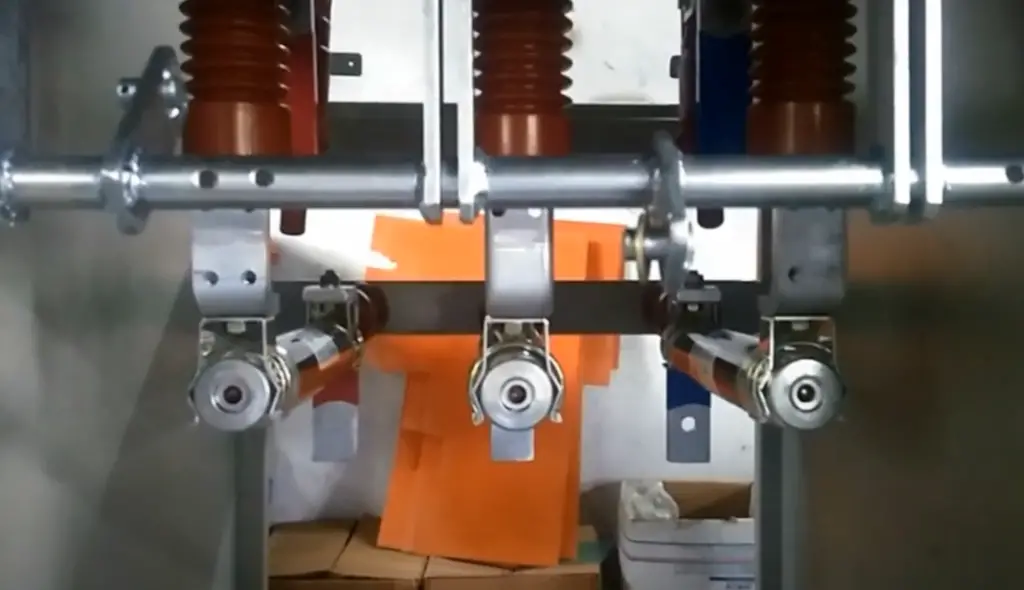
A load break switch is an essential piece of equipment when working with electrical systems of any size. It is important to choose the right type of switch for the application, as well as follow all safety procedures when operating it. This will help ensure optimum performance and longevity for both the switch and the system in which it is installed. [1], [2], [3]
How does a Load Break Switch Work
It features several components, including contact points, arc chambers and control circuits.
When the switch is triggered, current flows through the contact points which cause the contacts to move apart or come together. This movement creates an open or closed circuit depending on whether the switch was set to “on” or “off”.
The arc chamber contains an arc extinguishing medium (such as air) which interrupts the flow of electricity when current passes through it. This helps prevent arcs and short circuits which can lead to fires or other serious damage. The control circuits are responsible for controlling the switching operation of the switch, and may include manual operating handles, motor drives, solenoid coils or auxiliary contacts. [1], [2], [3]
What are the Types of Load Break Switches
Just like many other electrical devices, there are different types of load break switches that can be used for various applications. There are several common types of switches, let’s discuss them!
Vacuum load break switch
A vacuum load break switch (VBS) is an electrical switching device that operates through the use of a vacuum chamber to isolate and interrupt current flow. The VBS uses two electrodes separated by a non-conductive gas, usually vacuum, to control the current flow. It is designed for remote operation via a motor-operated handle or other mechanical/electrical means.
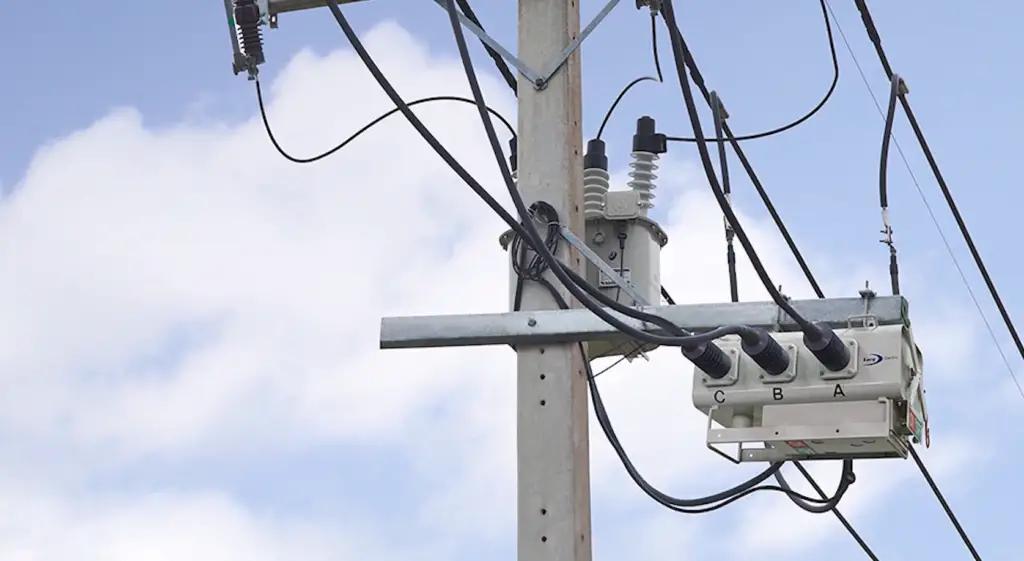
This load break switch can be activated by either a manual action of flipping the handle or an automated electrical signal. It has smart, automated units that can shut off and guard electrical gear when they are triggered. Additionally, it boasts remote closure devices to provide additional security. Its electric life is long, with no required maintenance. It also has a high-level of safety, as the vacuum chamber prevents any electric sparks and protects humans and animals from any electrocution risks associated with other switching devices.
SF6 load break switch
SF6 load break switch is an electrical device used to control and isolate the electric energy supplied. It operates using the SF6 gas as an insulating medium. This switch is mainly used in high-voltage applications, such as the transmission and distribution of electricity. It helps to protect against electric shock and overloading, while allowing a controlled transfer of the power supply from one source to another.
SF6 load break switch can be either manual or automatic in operation. The manual type requires someone to manually close or open the switch by hand, while the automatic type uses a system of sensors and relays that closes or opens based on electrical signals.
The SF6 load break switch provides a reliable operation with minimal maintenance requirements due to its solid insulation design. The switch features a spring drive system that enables fast on/off switching, as well as precise load shedding and fault detection capabilities. It is typically installed at power distribution points so it can be conveniently operated using manual or remote controls.
Air load break switch
An air load break switch (ALBS) is an electrical switching device used in medium-voltage distribution systems. As you may have guessed from its name, it is designed to use compressed air or other gas as the insulating medium between its contacts. When manually activated, this switch opens and closes an electrical circuit in order to control the flow of current.
It is a heavy duty, manually operated switch designed to open and close circuits at higher voltages than regular switches can handle. AL BASes are typically mounted on outdoor poles or pedestals and are used for the isolation of power lines for maintenance purposes. The operation of an ALBS is accomplished by means of compressed air pressure applied to move the moving contacts of the switch into an open or closed position.
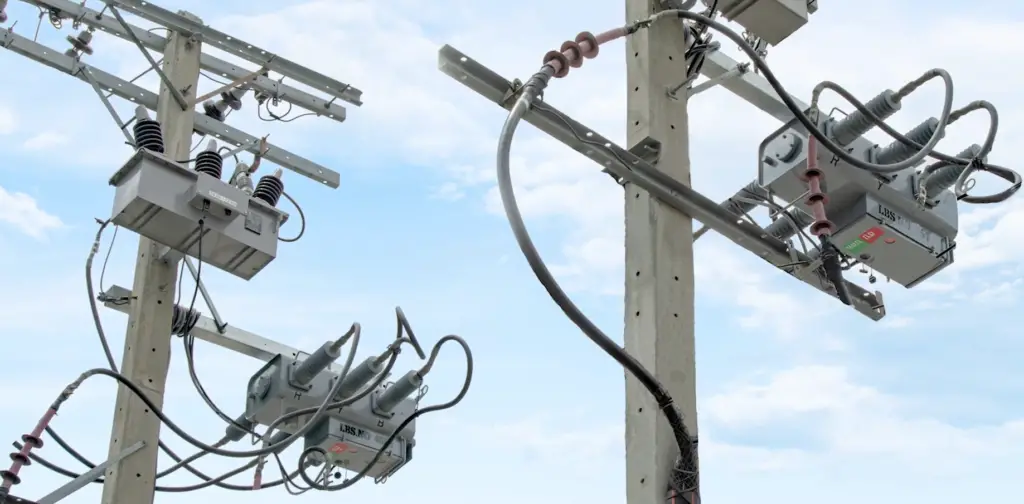
Medium Voltage Load Break Switch
Medium Voltage Load Break Switches (MV LBS) are specialized electrical switches designed to provide load interruption and protection for medium voltage circuits up to 36kV. They are used in electric power distribution systems to control, isolate and protect the circuit from overloads or short circuits. These switches can be operated manually by a handle or remotely via a motor operator.
The primary purpose of an MV LBS is to act as an isolator between two sections of the medium voltage network while allowing limited energy flow through the switch points when it is closed. This ensures that if any fault occurs downstream, it will not affect other parts of the system. The switch also acts as a safety device that can be easily opened to de-energize the circuit for maintenance and testing.
MV LBS are designed to meet certain electrical and mechanical design requirements including dielectric strength, current carrying capacity, switching operations, mechanical endurance and arc extinction capabilities. To ensure safe operation, it is important to select a switch with appropriate ratings for the system voltage level, short-circuit rating (Ik) and rated load current. Other factors such as environmental conditions should also be taken into consideration when selecting an MV LBS.
High-voltage load break switch
A high-voltage load break switch (LBS) is a piece of equipment used to enable safe, reliable and efficient switching operations in medium and high voltage electrical networks. It’s a cost effective solution for customers seeking a combination of mechanical reliability, physical robustness and disconnecting capability from 1 kV up to 36 kV.
Load break switches can be manually operated either with a handle or by remote control, depending on the application requirements. The switch ensures an open position when not under power load and also protects against arcing and fault currents during operation. Moreover, it enables safe maintenance or repair of the system without interruption of electricity supply.
High voltage LBS can come in many forms such as solid gas insulated switchgear, compressed air and immersed load break switch. Each one of them has its own advantages and disadvantages. High-voltage LBSes are designed to meet or exceed safety standards, providing a reliable and safe way to control electricity flow in medium and high voltage networks.
In addition, they are usually equipped with an additional electrical interlocking system for added protection, preventing any unauthorized switching operations. As such, high voltage load break switches ensure a secure energy supply to the network users while providing smooth system operation and enhanced personnel safety. [1], [2], [3]
Functions of a Load Break Switch
Now that you know what a load break switch is, we can discuss its various functions. A load break switch is primarily used to disconnect and reconnect loads from their power supplies in an electrical system. This helps prevent arcs and short circuits which can lead to fires or other serious damage. Still, there are many other uses. Let’s discuss those.
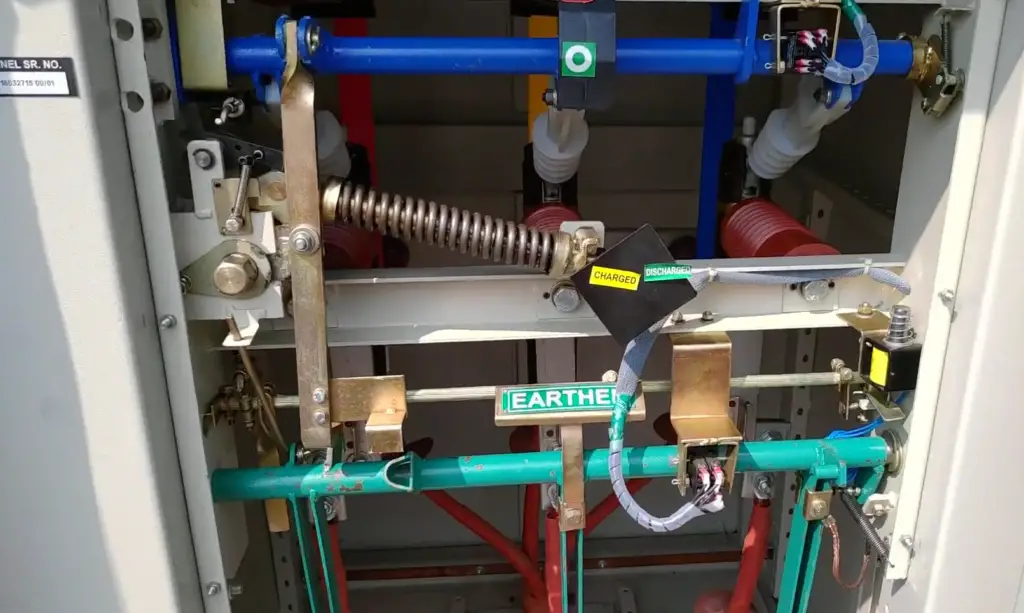
Make and break currents
A load break switch is capable of making and breaking currents in an electrical system. This means that it can open or close a circuit when triggered, allowing the current to pass through or blocking it from doing so. This type of switching device is most commonly used as part of a larger control system, for example to activate other devices when the switch’s circuit is opened or closed.
Short circuit current
It is calculated by taking the total power available in a system and dividing it by the total resistance of the system. Short circuit current is typically measured with an ammeter, which measures the amount of current flowing through a wire or component. The higher the short-circuit current, the more dangerous it could be for people and equipment in contact with it, so precautionary steps have often been taken to minimize its effects.
Load break switches can make specified currents in short circuits safe to work with by quickly disconnecting and reconnecting the load from its power supply.
Energize and de-energize a circuit
Another use of a load break switch is to energize and de-energize a circuit. This is done by connecting the load break switch between two power sources in an electrical system. When the switch is activated, it will create an open or closed circuit depending on its setting (on or off).
By opening or closing the circuit, the electricity can be turned on and off as needed. This helps maximize energy efficiency and prevent overloads, short circuits or fires. It also makes it possible to control multiple circuits with one switch, making it easier to manage complex systems.
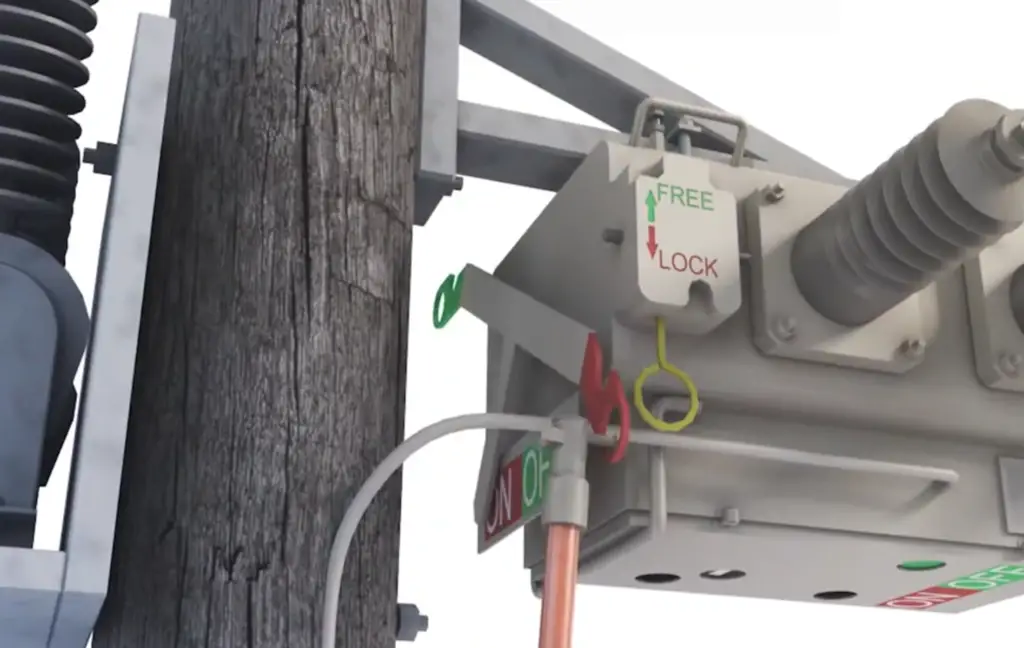
Protection of lives and properties
Finally, a load break switch can be used to provide protection for lives and properties. This is done by quick disconnection of the power supply when needed. It can also prevent overloads or short circuits from occurring by quickly turning off electricity if it identifies an unsafe condition. This helps protect people, property, and equipment in an electrical system from hazardous effects that could come from too much current flowing through the system. [1], [2], [3]
Advantages of a Load Break Switch
Load break switches offer several advantages over other types of circuit breakers. In this section we will discuss some of the main benefits in detail:
Low cost
Load break switches are generally more affordable than other types of circuit breakers. This makes them an attractive option for those working with a tight budget. Additionally, because they are so simple to install, they can also help to reduce installation costs. This low cost means that they can be used in situations where other solutions might not be feasible due to budget constraints.
Safety
Load break switches provide an extra level of safety when dealing with high-voltage circuits. The switch is designed to open the circuit in the event of a power surge or overload, protecting both the wiring and any personnel nearby from potential harm. This is especially useful in industrial settings where electrical hazards may be present.
Easily controllable
Load break switches are easy to control and manage. They can be opened or closed remotely, making them an effective way to isolate circuits when necessary. This makes it easier for technicians and engineers to quickly shut off power or make changes to a circuit without having to physically go down into the system itself.
Reliability
Load break switches are designed to be rugged and reliable so they can perform in harsh environments without failing or needing frequent maintenance. Additionally, most models are tested to UL standards for safety, meaning you can trust that the switch will work as intended. This makes them a great choice for industrial or commercial applications where reliability is paramount.
Overall, load break switches offer an attractive combination of low cost, safety, and reliability. They are easy to install and operate, making them an ideal solution for many different types of applications. If you need an effective way to control power in your system, then a load break switch may be right for you. [1], [2], [3]
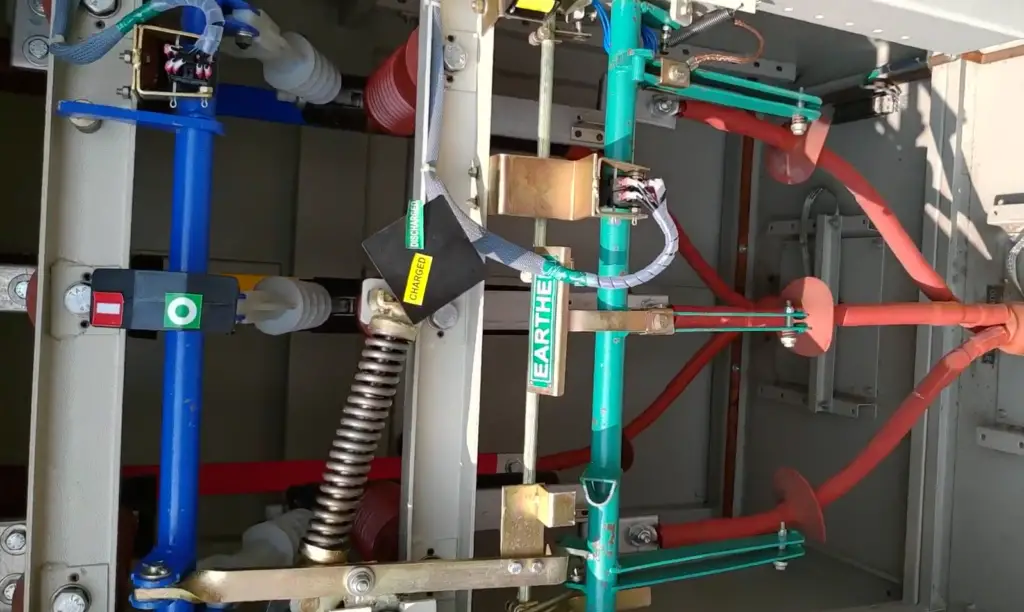
FAQ
What is the purpose of a load break switch?
A load break switch (LBS) is designed to provide an easy, safe and reliable way to disconnect a circuit from the power source. It is often used for maintenance on electrical circuits or when making repairs. It can also be used to open and close circuits that have high-voltage current passing through them. An LBS is typically made up of two parts: the first part contains a mechanism which allows the user to open and close the circuit with minimal effort and energy expenditure; while the second part contains a set of contacts that control and protect the flow of electricity by disconnecting it from its power source in case of an overload or short-circuit. This type of switch has important safety features built into it such as overload protection, arc protection and surge protection.
What is the difference between a circuit breaker and a load break switch?
It operates automatically, stopping the flow of current through the circuit when it detects a problem. A load break switch, on the other hand, is a manually operated switching device that can be used to open and close circuits without interrupting power. The load break switch works by mechanically disconnecting (or reconnecting) the contacts inside of its enclosure to control the flow of electricity. This makes it ideal for applications such as controlling large motors or opening/closing circuits in hazardous environments where safety is paramount.
What is the difference between an isolator and a load break switch?
Isolators are generally used in electrical distribution systems to provide isolation between sources or systems while the LBS is mainly used for protection purposes where it must reliably make and break the circuit with minimal contact arcing. The major differences between the two devices lie in their construction and ability to handle current.
Isolators are typically constructed out of insulating materials such as porcelain, plastic, paper/resin mixtures or silicone elastomers which have lower dielectric strength than metal switches.
Can a load break switch trip?
Yes, a load break switch can trip. A load break switch is a safety device that will open the circuit automatically if it detects an overload or short-circuit condition in the system. The switch will trip and immediately cut off power to the affected area, preventing further damage from occurring and limiting potential hazards to personnel working in the vicinity.
In order to ensure that a load break switch trips correctly when needed, it must be regularly tested and inspected as part of your overall electrical safety program. Testing should include visual inspection of all components, including contacts, springs, linkages and any other moving parts.
Useful Video: Rapier GX Load Break Switch Operation
Conclusion
Load break switches are an essential tool for controlling electricity in any industrial or commercial setting. They provide peace-of-mind and safety by reducing the risk of electric shock and overloading circuits. As with all electrical equipment, it is best to use a qualified technician when installing load break switches. Regular maintenance should be done to ensure they continue to operate effectively and safely. With proper care, load break switches can help improve system reliability while providing cost savings since expensive repair costs are avoided.
In this article, we have explored different types of load break switches and associated components. We discussed the importance of selecting the right type and installation process to ensure proper functionality. Additionally, maintenance procedures were outlined to ensure the longevity of your equipment. With a clear understanding of what is a load break switch, you can now confidently choose the correct solutions for all your needs.
Load break switches are an important part of any power management system, especially if critical systems need protection from power outages or surges. In conclusion, load break switches offer a convenient solution for protecting personnel and equipment from the dangers associated with electricity overloads, short circuits, and grounding faults.
Thank you for taking the time to read this guide on what is a load break switch! Hopefully, it has provided you with valuable insights on how they work and why they are important in industrial and commercial settings. If you have any further questions or would like to learn more about other electrical equipment, please reach out!
References
- https://www.elprocus.com/load-break-switch/
- https://www.maddoxtransformer.com/resources/articles/transformer-load-break-switches/
- https://www.elecspare.com/a-complete-guide-of-a-load-break-switch/





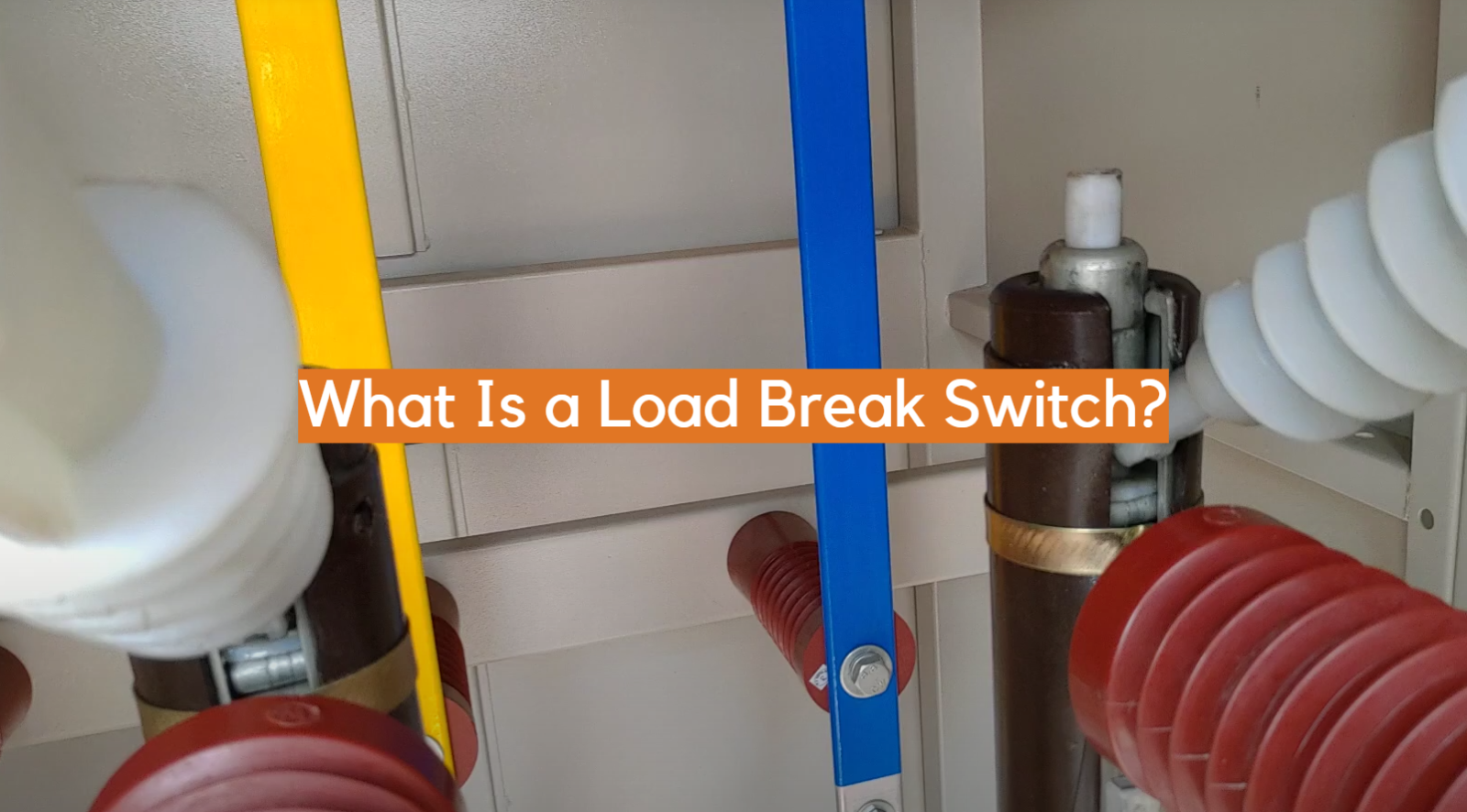







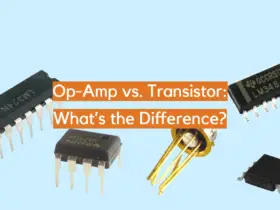
Leave a Reply